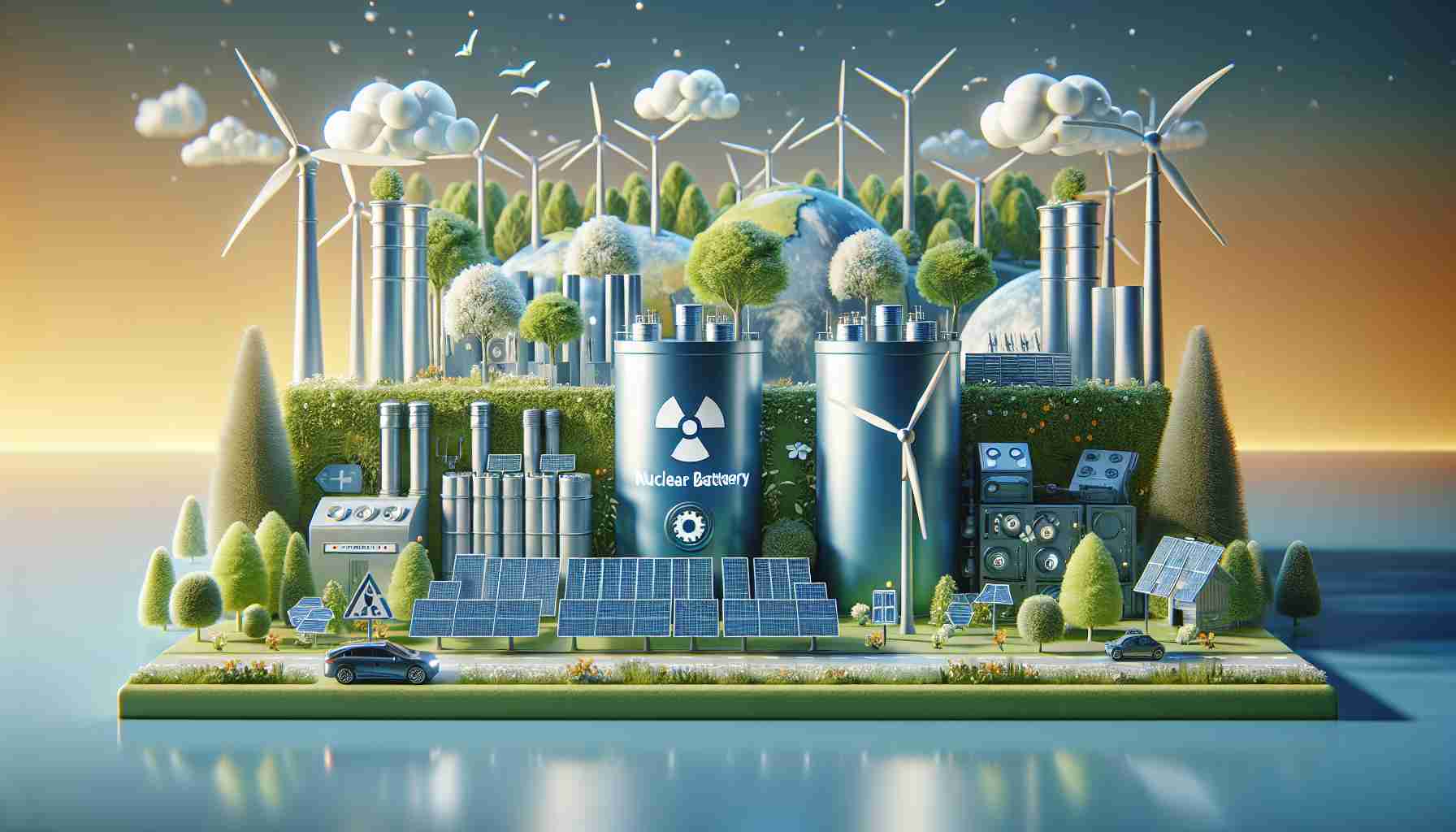In recent years, scientists worldwide have been devoting more and more attention to exploring alternative sources of energy. While most of us are already familiar with solar and wind energy, one of the most intriguing solutions is energy derived from nuclear batteries. Nuclear Batteries Day is an opportunity to take a closer look at this technology and consider whether it is the clean energy of the future.
Definitions
Nuclear Battery: a device that utilizes the process of nuclear decay to generate electrical energy.
Nuclear Energy: energy obtained from the atomic nucleus, either from nuclear decay reactions or nuclear fusion.
Clean Energy: energy that does not emit or minimizes the emission of harmful substances into the atmosphere during its production process.
Scientific Research and Innovations
Scientists worldwide are conducting intensive research on nuclear batteries, seeking ways to increase their efficiency, safety, and durability. Currently, there are different types of nuclear batteries, such as thermojunction batteries, radioisotope batteries, or batteries based on nuclear fission. Each of these types has its unique properties and potential applications.
Nuclear batteries offer many advantages compared to traditional energy sources like fossil fuels. They are more efficient, have the potential for long-term usage, and do not emit atmospheric pollutants. Furthermore, these batteries can provide a stable source of energy even when other sources are not available, which is particularly important for space applications or in remote areas of the Earth.
However, despite these advantages, there are still many challenges to overcome before nuclear batteries can be widely applied. Key issues relate to safety, storage and disposal of radioactive waste, and production costs. Nevertheless, the growing interest in nuclear batteries is leading to intensified research and development efforts in this field.
FAQs about Nuclear Batteries
1. How is the decaying atomic nucleus transformed into electrical energy in a nuclear battery?
In nuclear batteries, energy is generated through the decay reaction of the atomic nucleus, which releases energy in the form of radiation and heat. This radiation is converted into electrical energy using appropriate thermoelectric or thermojunction systems.
2. Are nuclear batteries safe?
Scientists are working on developing safe solutions for nuclear batteries. However, in the event of accidents such as reactor core meltdown, there are potential risks to health and the environment that need to be carefully considered and appropriately safeguarded.
3. What are the applications of nuclear batteries?
Nuclear batteries can be used in a wide range of applications, such as generating electrical energy, propelling spacecraft, or powering remote research stations in areas where traditional energy sources are not accessible.
4. How long does a nuclear battery last?
The lifespan of nuclear batteries can vary depending on the type and design. Some nuclear batteries can function for decades or even hundreds of years, ensuring a long-term source of energy.
5. Where can I find more information about nuclear batteries?
More information about nuclear batteries can be found on the websites of reputable research institutes, such as the Polish Institute of Nuclear Energy (www.pie.com.pl).
The source of the article is from the blog oinegro.com.br
